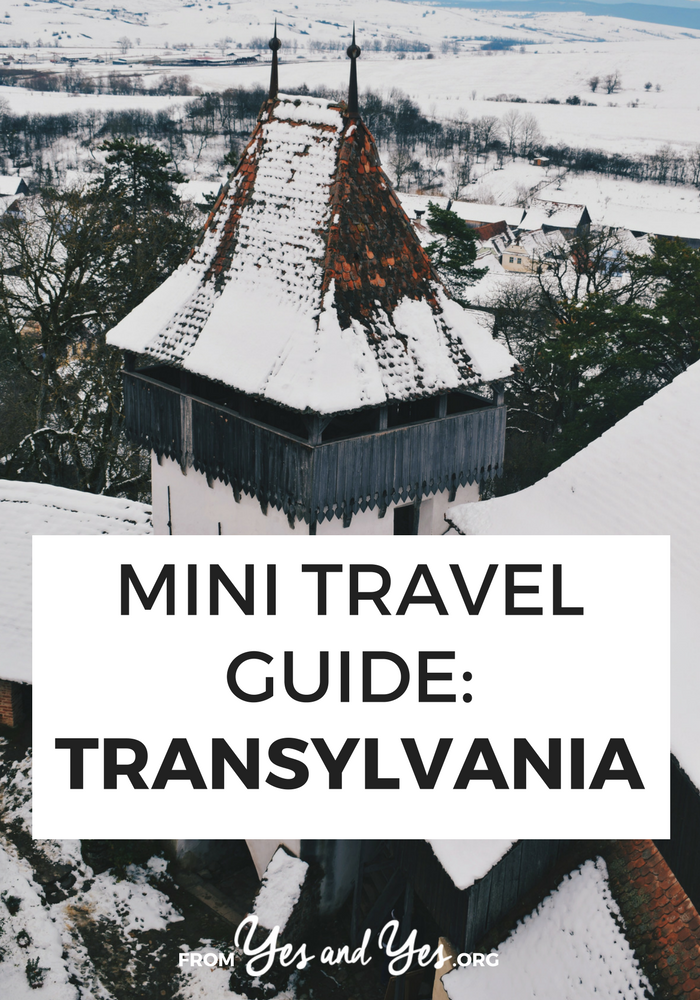
Real talk, guys: This Transylvania travel guide got me so excited I added it to my travel itinerary for next Spring. Like, seriously. Portugal + Greece + TRANSYLVANIA!!! Of course, there’s more to this area of Romania than Dracula. Angela is a local and tells us all about renting a room in local homes, hiking through lime stone gorges, and cheese that’s wrapped in polenta with cream on top!
For some people, the word Transylvania means Dracula means vampires means gothic fantasy. But, in case you’re wondering, it’s actually a real place, and a wonderful one too, nestling in the heart of Romania. I settled in a remote village here three summers ago, after twenty years as a global nomad, working around the world for NGOs.
Why Transylvania? Well, I’ve always loved mountains and first came here as a tourist to enjoy them. After several visits, I realized that I feel more home here than anywhere else in the world.
Perhaps it’s the beautiful countryside, the jagged mountains, and the spring flowers in fifty shades of blue that convinced me to make my home in a national park, 1,000 meters up, and connected to ‘civilization’ only by the worst mud roads you can imagine? Don’t go there. But do come here!
Must Stay in Transylvania
All towns and cities in Transylvania will offer a choice of modern, comfy hotels, but out in the sticks do try the small guest-houses or pensiuni, some of which will offer eco-tourism, even if it’s just a ride in a hay cart!
Accommodation is cheap and cheerful in the nearby villages of Magura or Pestera. Most locals have rooms to rent (some have guest houses, or pensiuni) and will offer excellent home-made cheese, farm fresh eggs, and potent hooch known as tuica (or palinca, if twice distilled). It’s a clear fruit brandy – Romania’s version of schnapps. Take a sip!
Must Do in Transylvania
Hiking
From my office window, I can gaze at a spectacular, twenty-five kilometre long mountain ridge, known as The King’s Rock. It takes a couple of days to hike along the ridge, with guide ropes for the tricky bits and refuges for a sleepover.
An easier hike is into the sheer-walled limestone gorge of Prapastiile Zarnesti – where the Hollywood movie ‘Cold Mounatin’ was filmed – then up a narrow path through dense forest to Cabana Curmatura. It’s a beautiful walk and worth every step.
Avoid wintertime, and beware of summer floods, thunder, and lightning. Assuming the weather is fine, start early, wear stout boots, take water, a walking stick, and enjoy a seven-hour trek between calcareous walls and through some of Europe’s oldest, virgin forest. Once you reach the Cabana, enjoy the restaurant’s slow-cooked food and superb views!
Libearty Bear Sanctuary
Eighty-eight lucky brown bears enjoy life in seventy hectares of oak and hazel forest, deep in the Carpathian Mountains above the town of Zarnesti. All the bears were rescued from captivity around the country, and abroad, where they had been used as caged ‘pets’ or as ‘attractions’, often outside restaurants or gas stations. ‘Adopt’ a bear for €60 per year, it’s money well spent!
Must See in Transylvania
Bran Castle
Whether you’re a fan of vampires, or not, do visit Bran Castle. It sits on a rocky outcrop overlooking a narrow valley and inspired Irish author Bram Stoker to create Dracula’s spooky retreat, in his famous novel.
Museums
Within walking distance of the castle, you’ll find a small but fascinating Village Museum with ancient houses from around Transylvania, each complete with its original furniture and decor. Check out the-highly practical and often-ingenious designs for farm buildings, too.
The nearby Customs Museum is also worth a peep, since it exhibits original furniture from Bran Castle, beautiful tapestries and carpets, as well as evocative photographs of Romania’s former royal family.
Fortified Churches in Valea Tarnavelor
Transylvania is home to hundreds of towns and villages, such as Biertan, Richis, Copsa Mare, Mosna, Viscri, and Alma Vii, that were all built and populated by Saxons between the 13th and 15th centuries. Most of the villages boast a magnificent fortified church – a place for worship, and for sanctuary when trouble loomed.
Walls one-meter thick surround these churches and seem infused with history. Hardly surprising, seeing as they protected locals from all sorts of invaders, although some never came! Even so, people would use the high watchtowers to store everything from grain to pig fat (slanina) for safe keeping.
Sadly, the Saxon communities are long gone since most families emigrated to Germany during Romania’s communist era. In recent years, some Saxons have returned to renovate their dignified family homes and boost tourism. Some churches have been renovated too, and have become popular attractions. Any such village would make a remarkable day out – truly a trip back in time.
All in all, it’s easy to see why even Britain’s Prince Charles fell in love with this area and even bought a few Saxon houses to renovate into B&Bs, to help reinvigorate the old villages. Alas, HRH Charles won’t cook your bacon, but you’ll have a regal time should you visit the region.
Must Eat in Transylvania
Sarmale
Carnivores will love Romanian sarmale – meat wrapped in cabbage or vine leaves, and our famous, grilled mici – tasty sausages full of garlic!
Bulz
Cheese lovers should try this – made from mamaliga (polenta) with melted cheese inside. Ask for cream and fried eggs on top, for a culinary overdose!
Vegetarian?
Hmm, me too! All I can say is, Transylvania has plenty of fresh fruit and veg, but most restaurant owners seem to think ‘vegetarian’ just means ‘no meat’. So, ask ahead for bean soup whenever you can, and be sure to carry a few protein bars, just in case.
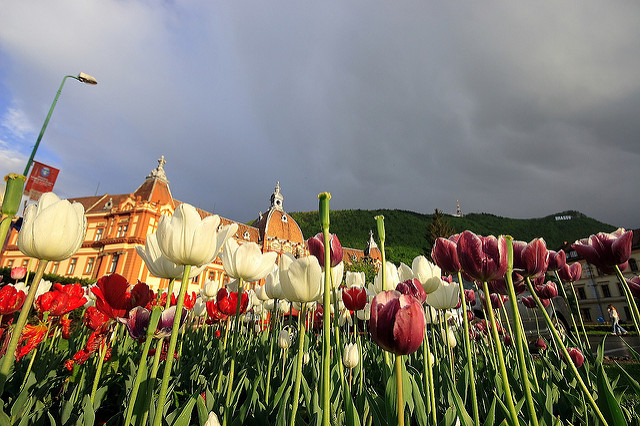
Cultural Tips for Transylvania
Romanians love to interact with foreigners and practice their English. Most young Romanians speak English quite well so don’t be afraid to ask for help, directions, etc. They’ll be happy to oblige.
If you plan to visit any churches or monasteries, I would advise against wearing shorts, singlets, or anything that reveals too much bare skin.
Finally, here’s a common misunderstanding you should avoid. Romania’s population includes a considerable number of Roma (the pejorative name for them is ‘gypsies’), but this does not mean ‘all Romanians are Roma’ or that ‘all Roma are Romanian.’
Roma were a nomadic people that came from India centuries ago and whose descendants have settled across Europe. The term ‘Roma’ has no intrinsic relation with ‘Romania.’ This can be sensitive issue, so bear it in mind!
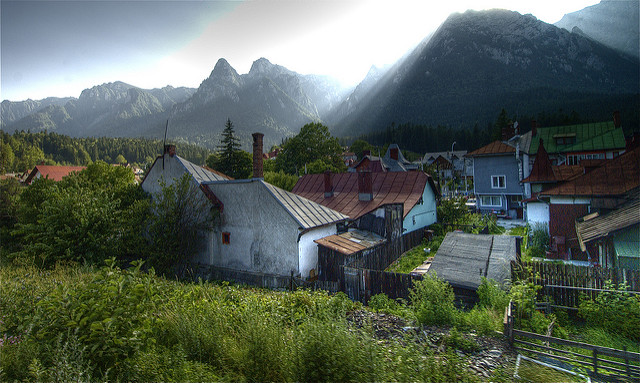
Cheap Travel Tips for Transylvania
Public transportation is generally OK and very cheap. Take trains when possible – it’s a comfortable way to travel at low cost, although it can take longer than expected. Treat yourself to a first-class ticket, since the price difference is quite small, and usually worth it.
Taxis are plentiful and affordable but be careful – check the tariff (usually written on the taxi door) before you get in. Ask for advice from a local. Transylvanians are very friendly. Take a trip, and join us! You might even live forever 😉
Airbnb are cheaper and more authentic than hotels. Here’s a beautiful, three-bedroom apartment for $38 and here’s a sweet cabin near some waterfalls for $22. If you’ve never used Airbnb before, here’s $40 towards your first booking!
My last tip: for true-life tales from this magical region, read ‘Never Mind the Balkans, Here’s Romania’, by former BBC journalist Mike Ormsby. It’s a collection of bittersweet stories, several of which are set in Transylvania.
Thanks so much for sharing your Transylvania travel tips, Angela! Do you guys have any to add?
P.S. Did you know I have a whole Pinterest board devoted to European travel? And one for budget travel tips?

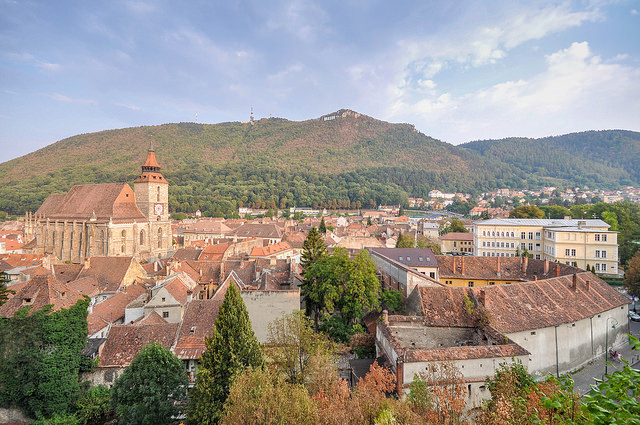
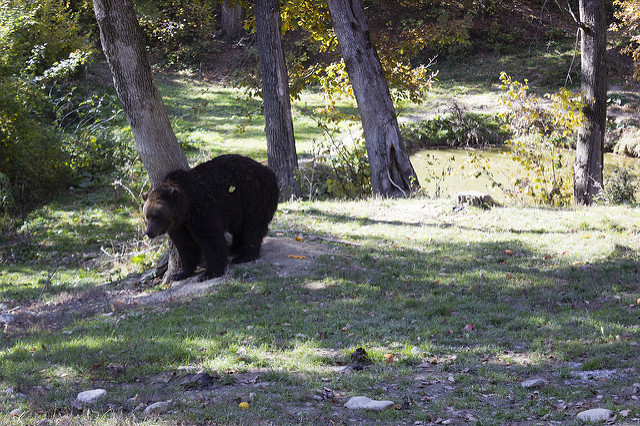

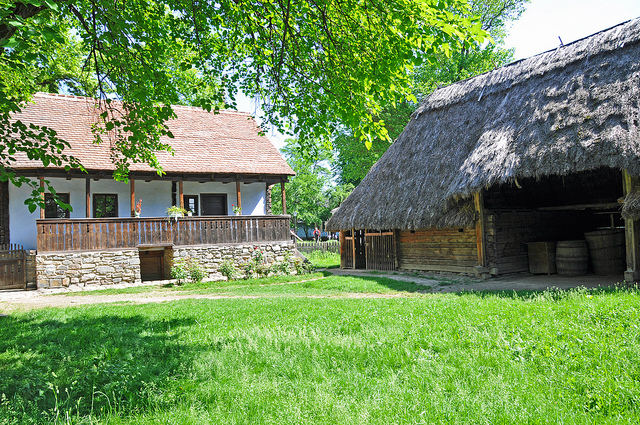
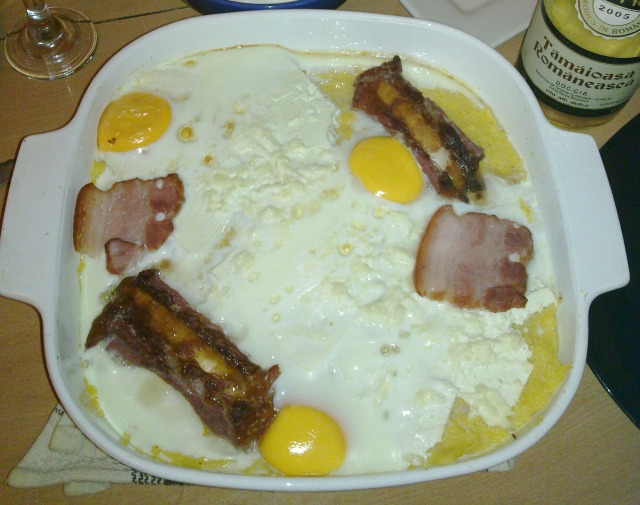


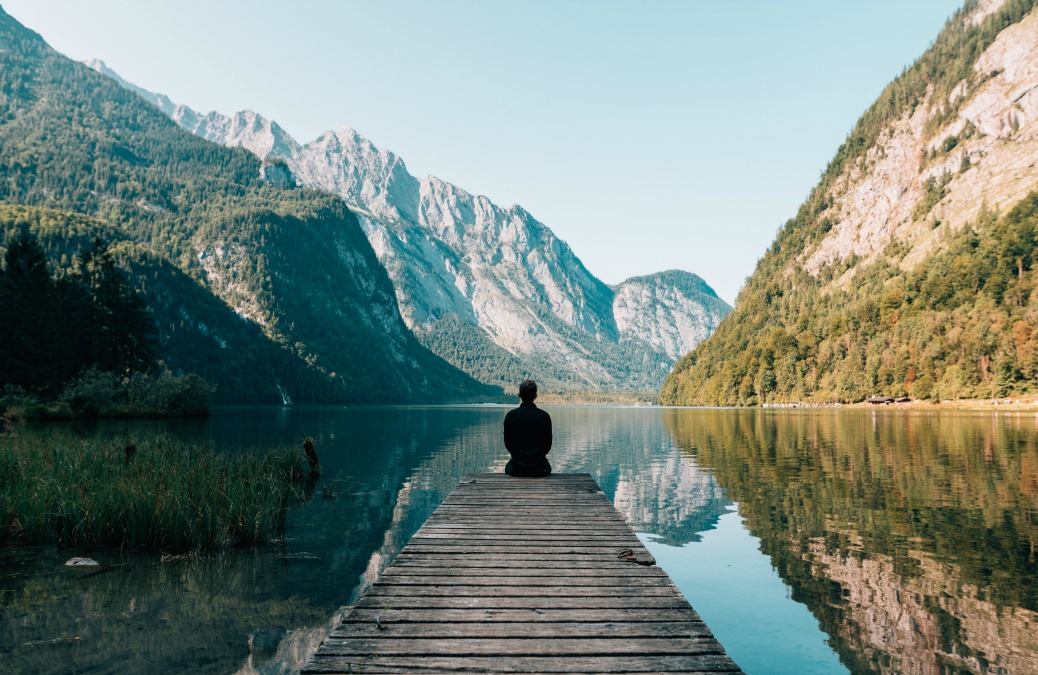
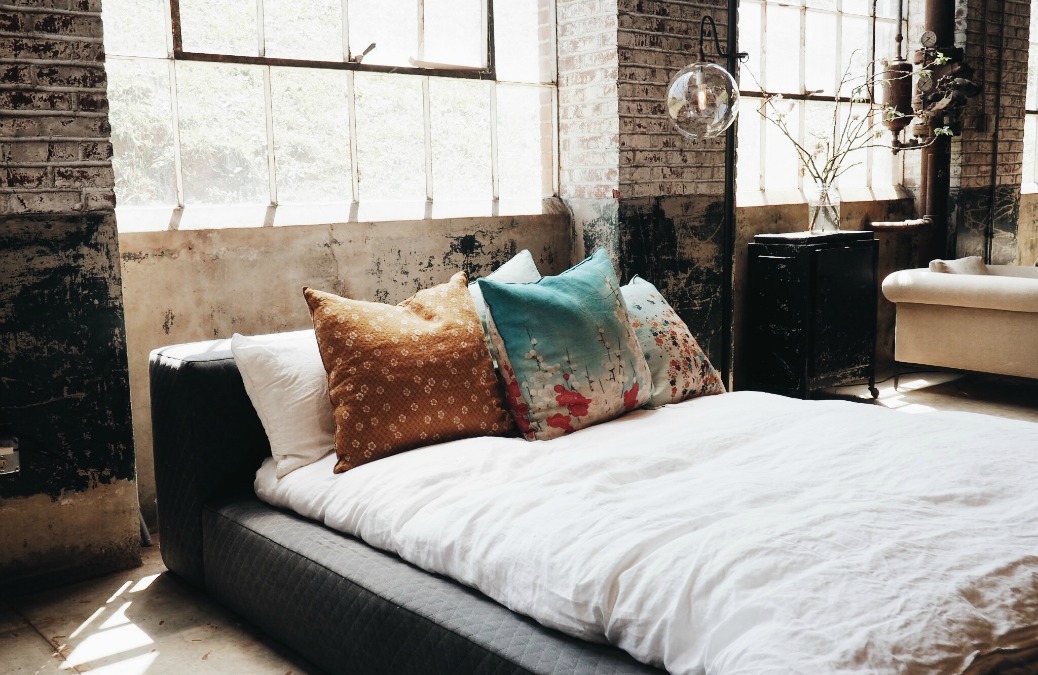
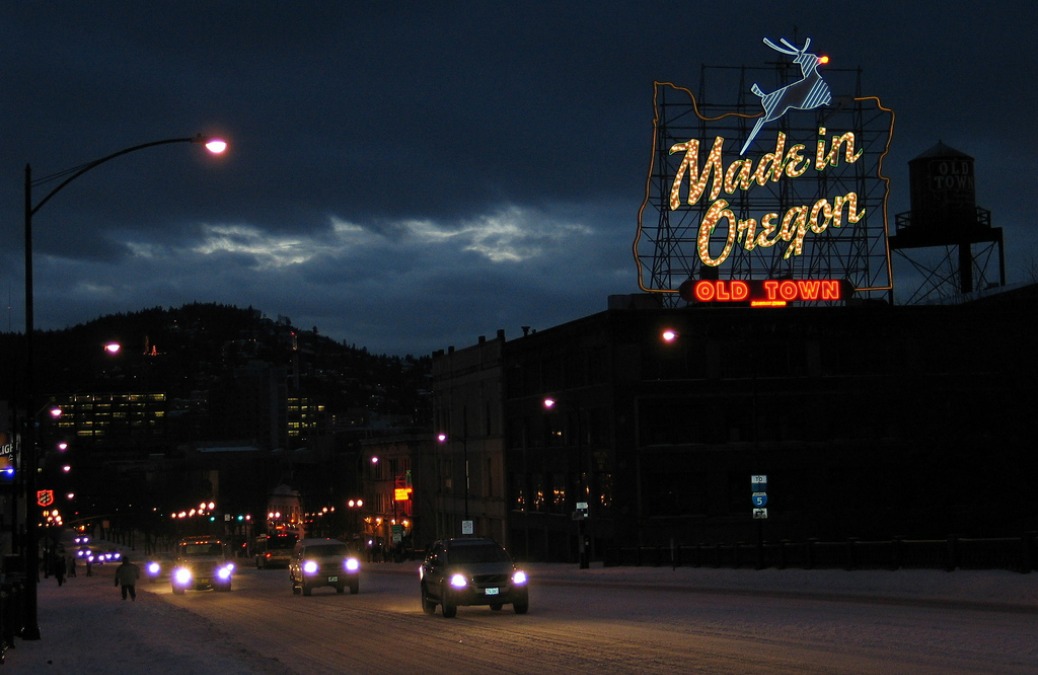
This is perfect timing! We leave in two weeks for Transylvania and I’m SO excited!
Literally did not know Transylvania was a real country; thought vampires lived there, or something.
Transilvania is not a country, it’s a part of Romania!
Welcome to Transylvania, everyone! It is a real place, I live here 🙂
Very nice guide, I’m glad you included the fortified churches and the wonderful villages like Magura and Pestera. It wouldn’t be a real trip to Transylvania without them.
The best way to visit Romania is a literary Dracula tour on Halloween with at least one Halloween party included. A tour named “Halloween in Transylvania with Vlad the Impaler” was placed by the prestigious Fodor’s Travel Guide in Top Ten Must-Do Adventures. Dracula is a good hook to make peoples visiting Transylvania and then to show them the beauties of the country and how friendly and helpful Romanian are. And once you realized the price of a good beer and wine peoples will want not to come back in their country 🙂
I have liked the article and I think the best time to visit Transylvania is during autumn since there are agencies that organise Dracula tours, Halloween parties and so on witch is nice.Since Transylvania has no sea exits it is nice to at least see what it is known for, maybe visit the rest of Romania too.